Understanding Solid Wood
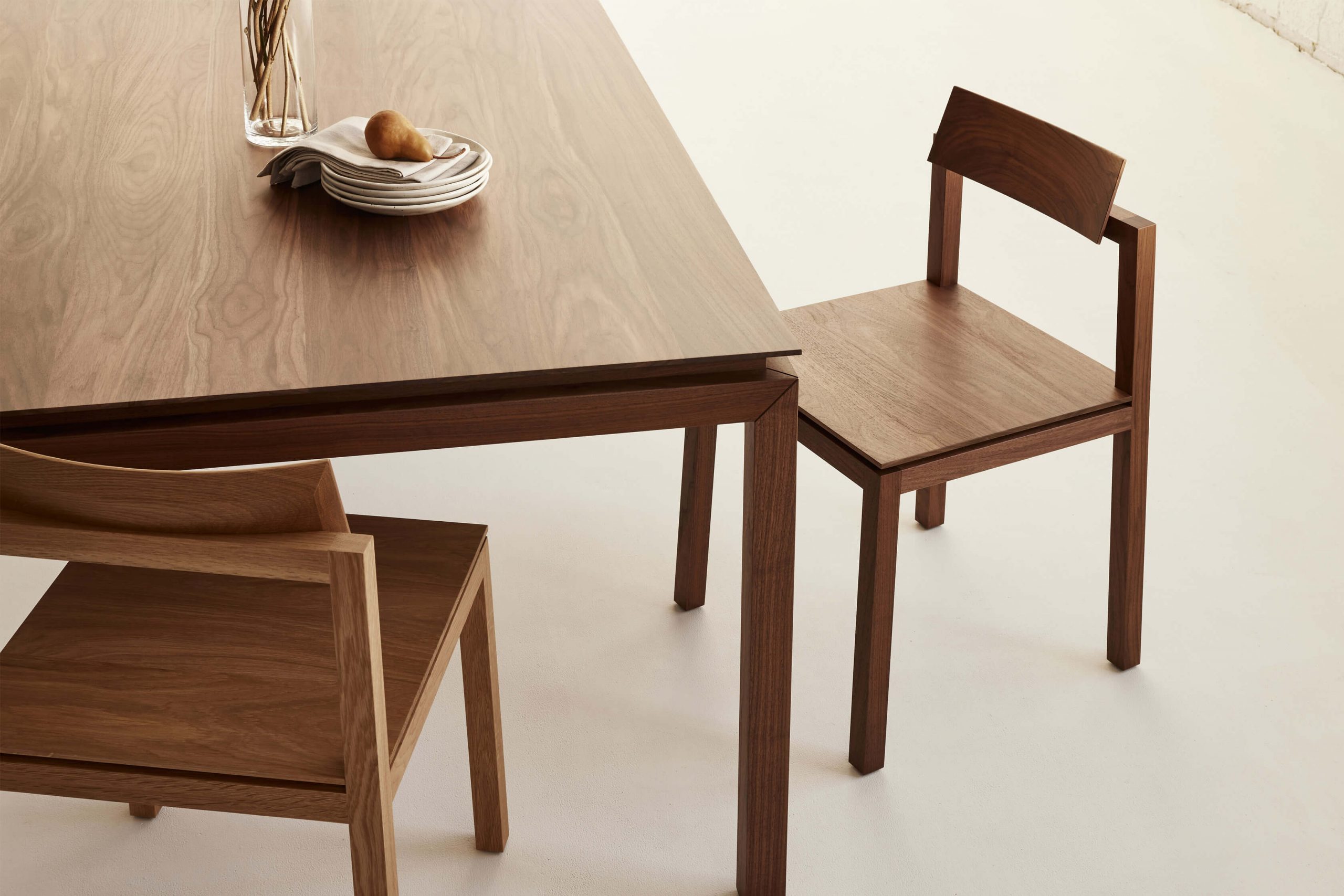
Understanding Solid Wood
The elegance and beauty of solid wood is undeniable. We often have an innate connection to this naturally made material, as though calling us to connect back to the basics of nature. Its sublime textural feel and charmingly rich colourings make for an endless character in solid wood furniture and bring warmth to any home.
Here we explore some commonly asked questions about solid wood and aim to demystify some lesser-known elements.
Discover solid wood furniture here
Thank you for your enquiry.
We will be in touch as soon as possible.
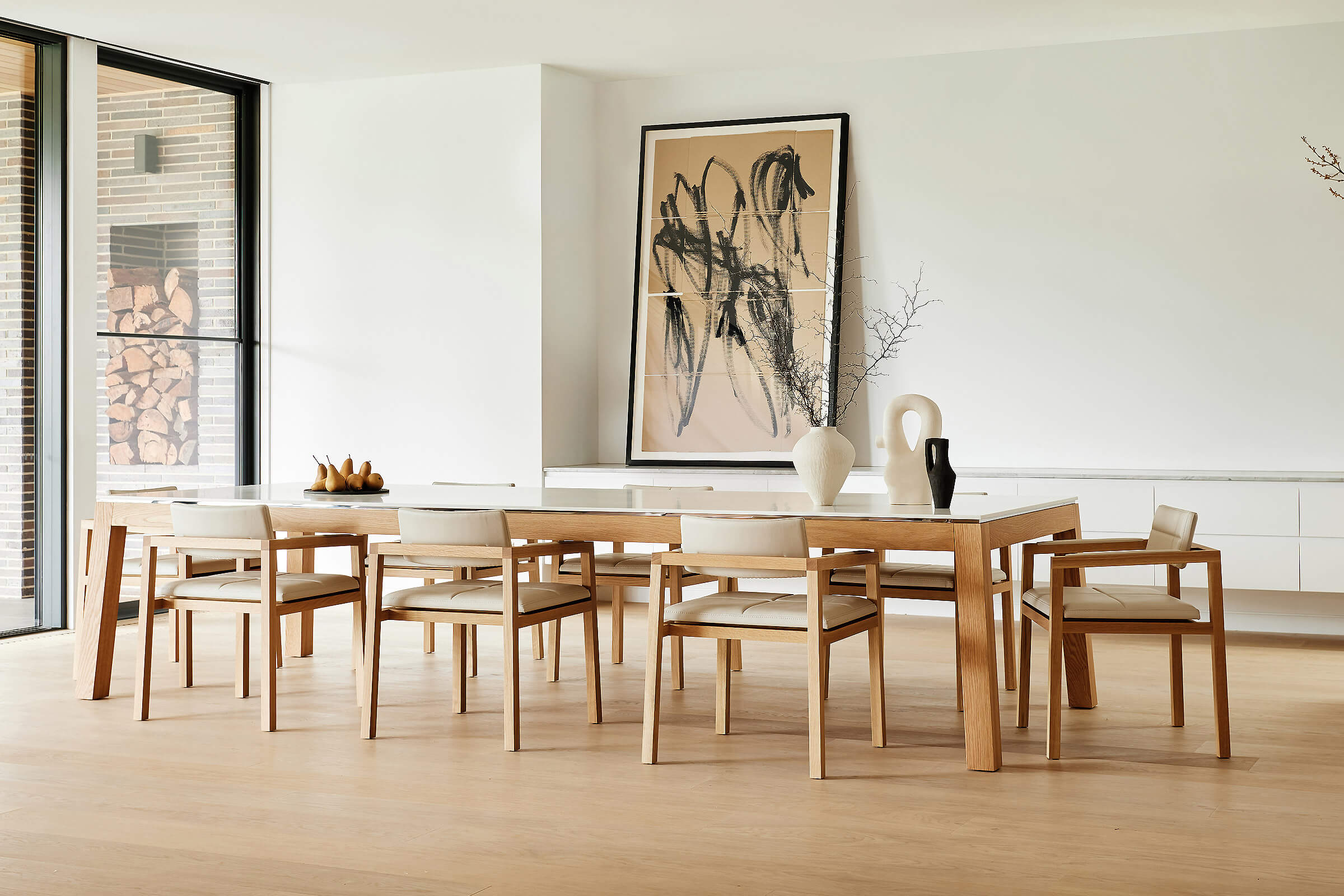
FSC Certification
What does FSC certified mean you ask? Firstly FSC stands for Forest Stewardship Council which is an international non-government organisation dedicated to promoting responsible management of the world’s forests. The Forest Stewardship Council grants certification based on social, economic, and environmental aspects for forest management and chain of custody elements.
Forest Management
This component relates to the responsible and sustainable management of a forest. It takes into account the preservation of biological diversity while still retaining economic viability. It ensures local communities can continue to prosper without fear of pollution such as contaminated water or soils. And that workers are treated fairly in both pay and working conditions.
Chain of Custody
Chain of custody certification tracks the journey of a tree starting from when it is harvested, right through to the finished solid wood furniture it is used for. This tracking verifies the responsibly harvested wood isn’t contaminated with less scrupulous non-certified wood as it makes its way through supply chains to its final destination. This ensures integrity to social, economic, and environmental aspects not just for initial forest management, but right the way through the supply process.
The process of FSC certification is voluntary and is led by businesses and industries meeting consumer demands for responsibly and ethically sourced solid wood furniture. As we all become increasingly aware of the detrimental impacts of unregulated industries, organisations such as FSC show wonderful initiatives to create better outcomes for the planet and its people.
A question to ask when selecting your next investment piece of solid wood furniture is confirming the solid wood you are getting is FSC certified.
Discover solid wood furniture here
Thank you for your enquiry.
We will be in touch as soon as possible.
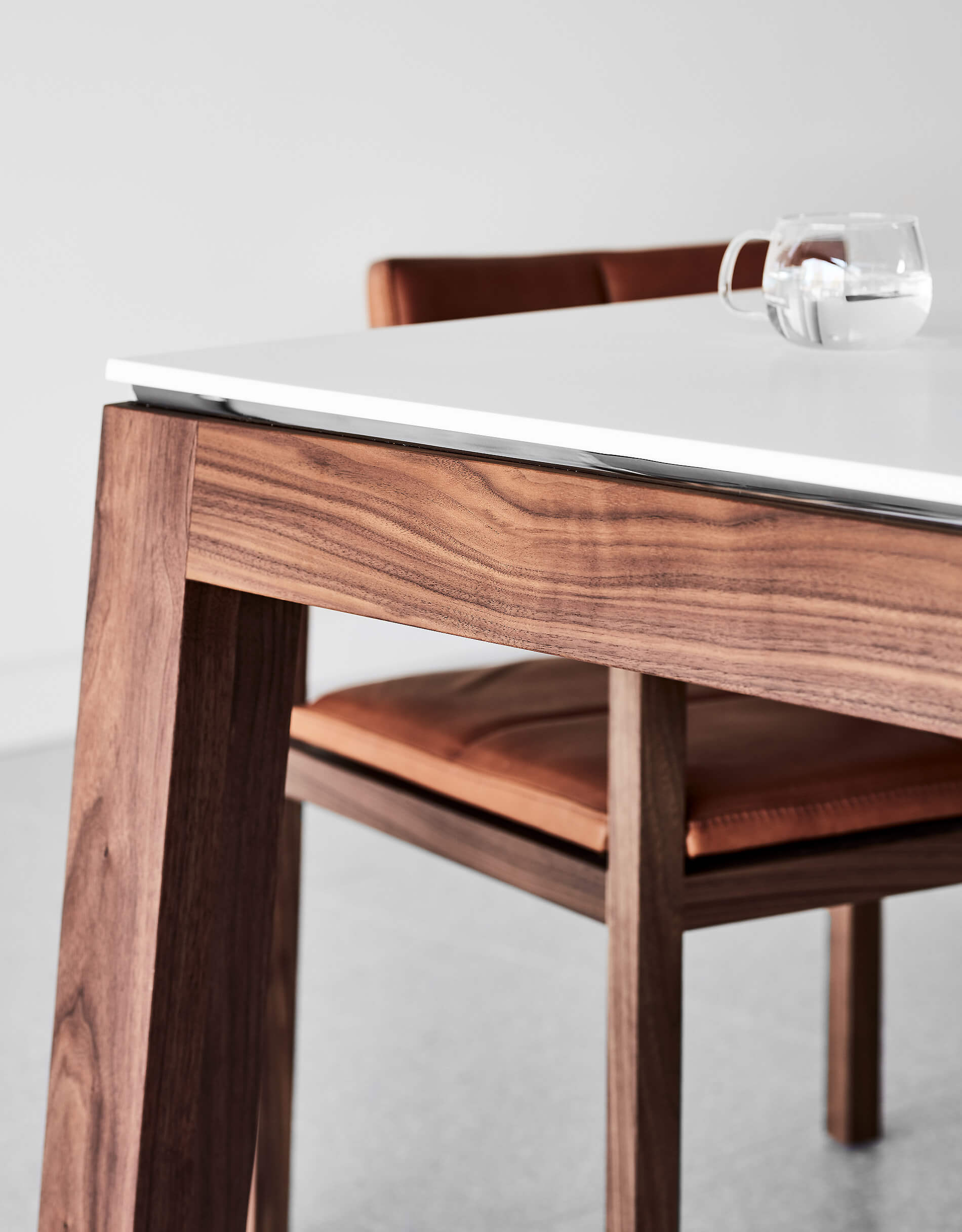
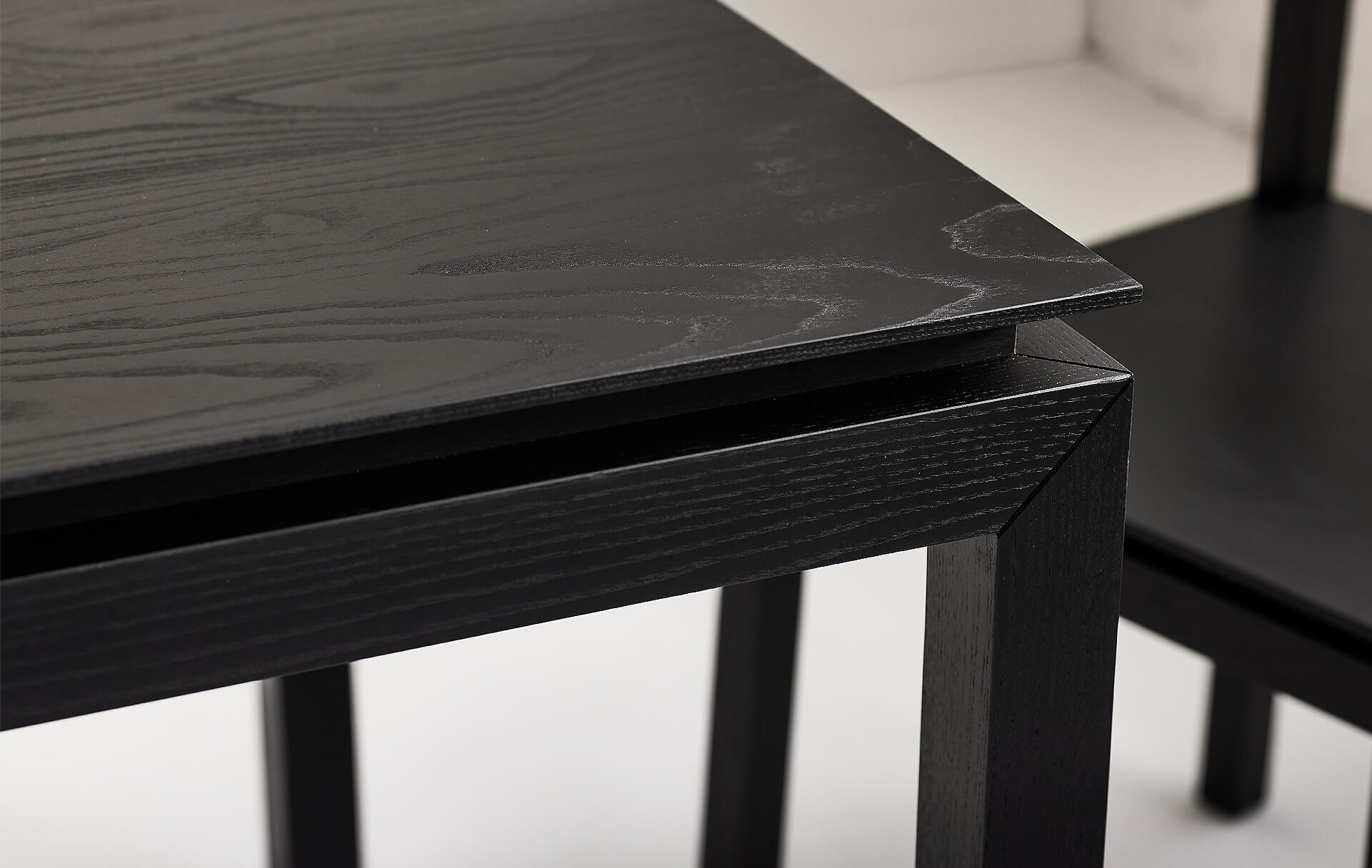
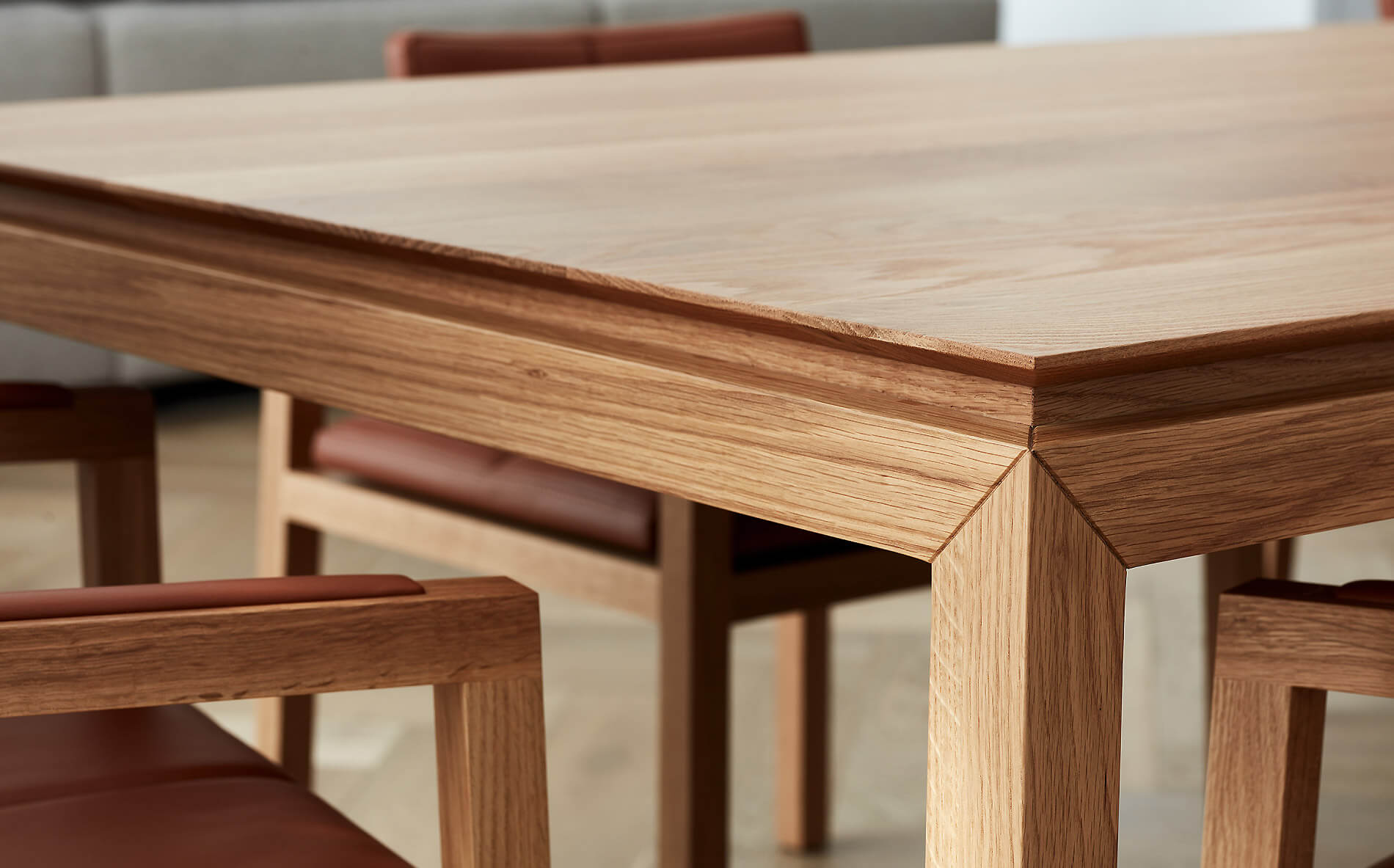
Colour & Texture
What comes with any natural material are endless variations. For solid wood, this is most commonly variations in colourings, grain patterns and knot details within it. No two pieces of wood will ever look the same even if they are the same species. These natural variations can sometimes be mistaken as defects, which couldn’t be further from the truth. This is actually a sign that you have invested in genuine solid wood furniture and not engineered wood or faux wood. Let’s dive a little deeper.
Knots
How do knots come to be? The formation of knots is a natural part of a tree’s growth cycle. As the tree develops and grows, its branches will die off and detach from the truck. This leaves behind the exposed base of the branch. In time the trunk of a tree will continue to grow and expand around the exposed base and eventually engulf it creating a knot detail. Sometimes described as an imperfection, on the contrary knots are a beautiful reminder of authentic solid wood from nature. A knot is a very natural occurrence in nature and we think a tree without branches would be very strange.
Colour variations
Colour variations are common in solid wood furniture both in its raw and finished versions. Natural wood is by nature sensitive to sunlight. If you think of how trees grow through the process of photosynthesis, it only makes sense that solid wood from a tree’s trunk reacts with sunlight. Depending on the species of wood, some react to sunlight more sensitively than others. Solid wood furniture such as American oak is less susceptible to colour changes in natural light and will be less noticeable over the years. Other solid wood furniture such as American walnut are more susceptible and colour changes will be more noticeable over time. While high-quality furniture craftspeople will always ensure UV stabilisers are included in the final lacquer of a furniture piece, this will help to slow the reaction of your wood with natural sunlight but not stop it completely. Like a fine wine, as solid wood furniture lives on through the years, it will take on its own rich character and these colour variations are actually a beautiful part of its journey as a natural material.
Medullary Rays
Have you ever noticed squirrelly ribbon-like patterns within the grain of solid wood furniture? These are known as Medullary rays. Predominately found in solid American oak furniture, they can also appear in other types of wood but are less common. They are a beautiful clue that indicates the premium quality of wood you are looking at. We’ll explain this in more detail below, but first we answer the question of how Medullary rays come to be.
Medullary rays naturally occur in the growth lifecycle of a plant and develop from plant cells within a tree growing perpendicular to the growth rings of a tree. Nature creates these as a way to assist sap passing through the trunk which is fundamental to a tree’s growing process. The organic nature of medullary rays means there are endless permutations that resonate through a piece of solid wood, providing beautifully rich textural appeal and character.
Sometimes mistaken as a flaw or damage, the presence of medullary rays actually indicates the opposite. They are a sign that the furniture you have invested in has been crafted from the highest grade quality and most expensive solid American oak wood. The reason for this is medullary rays appear when the solid wood log is quarter cut sawn. When the log is cut quarter ways, the plant cells produce these ribbon-like markings across the sawn area.
There are two main options for sawing a solid timber log for furniture:
Plain Sawn
A faster cutting technique that yields the most wood making it the most economical, quick and frequently used option for furniture production. It is however not the strongest choice.
Quarter Sawn
Less frequently used in furniture production as it is a much slower process that takes more time and produces less yield per log making it a considerably more expensive option. It does however have superior strength and reduces expanding, twisting and warping when quarter sawed.
For all FrancoCrea furniture, we select quarter-sawn solid wood to craft our pieces. When you see these natural medullary ray markings, you can feel confident that you have invested in the finest quality solid wood for your furniture.
Discover solid wood furniture here
Thank you for your enquiry.
We will be in touch as soon as possible.
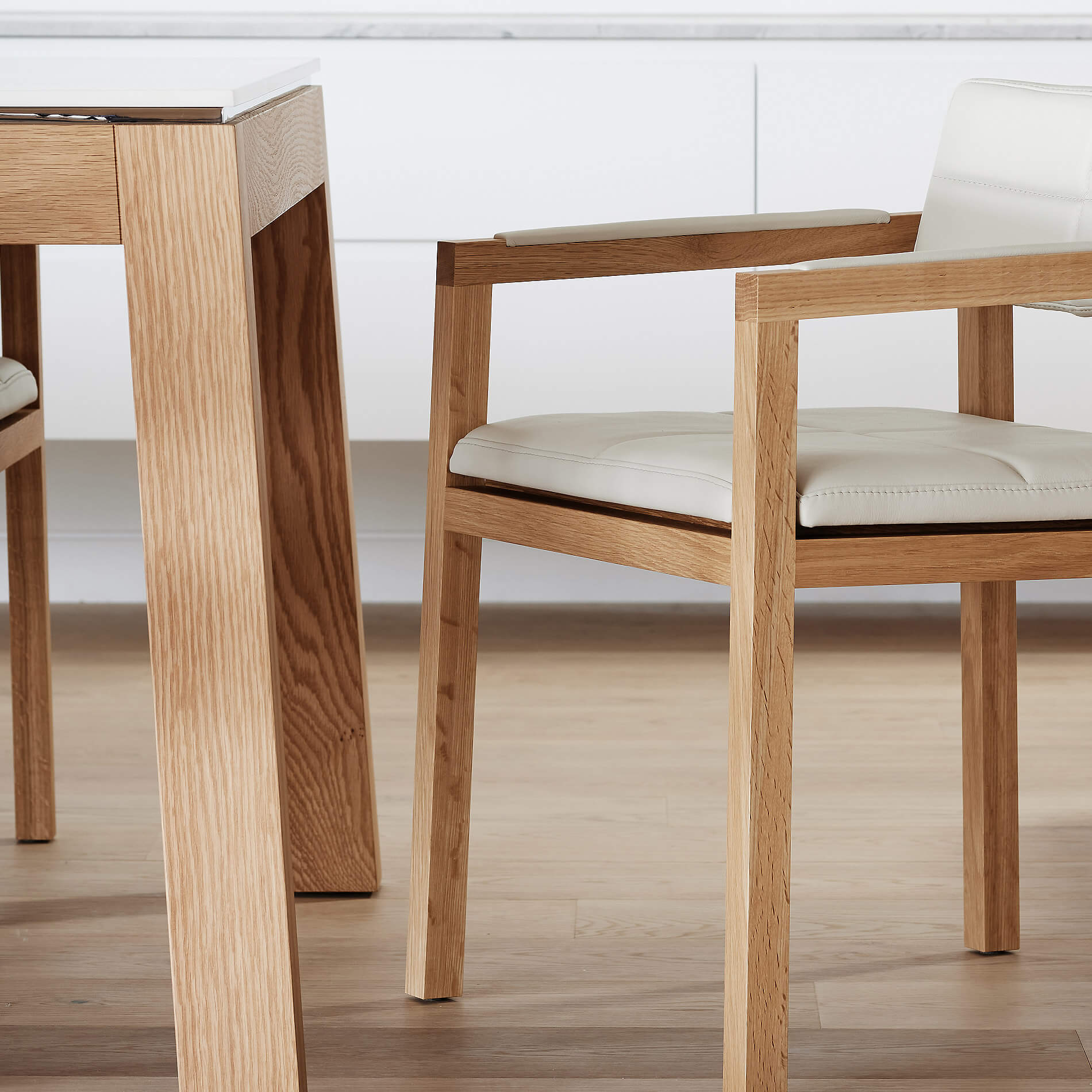
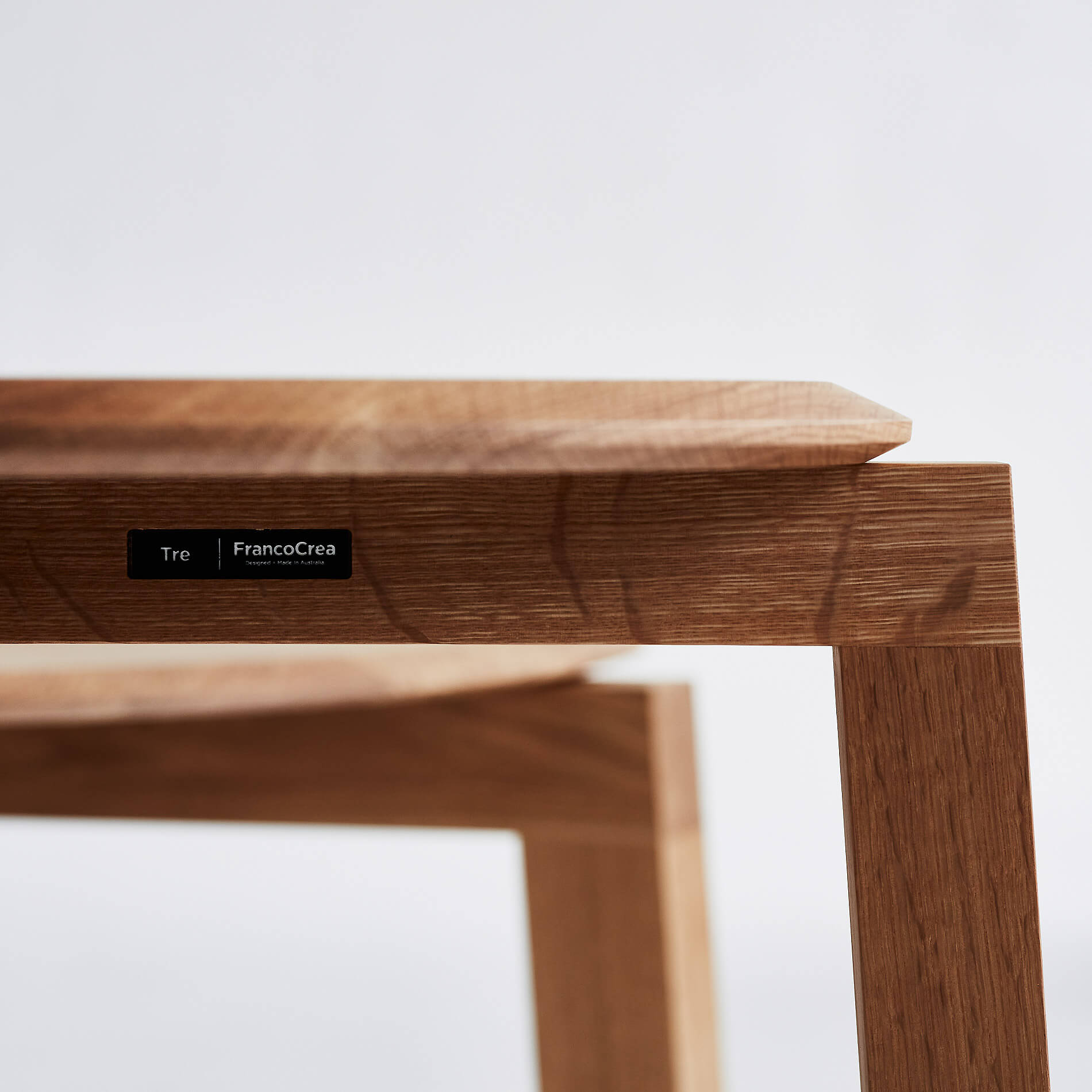
Learn More
To learn more about authentic solid wood furniture, we encourage you to visit our Adelaide and Melbourne showrooms. Our experienced furniture designers are always happy to chat through details and answer questions, and you’ll have an opportunity to experience heirloom quality in person.
259 Swan Street, Richmond, Victoria 3121
442 Pulteney Street, Adelaide, South Australia 5000